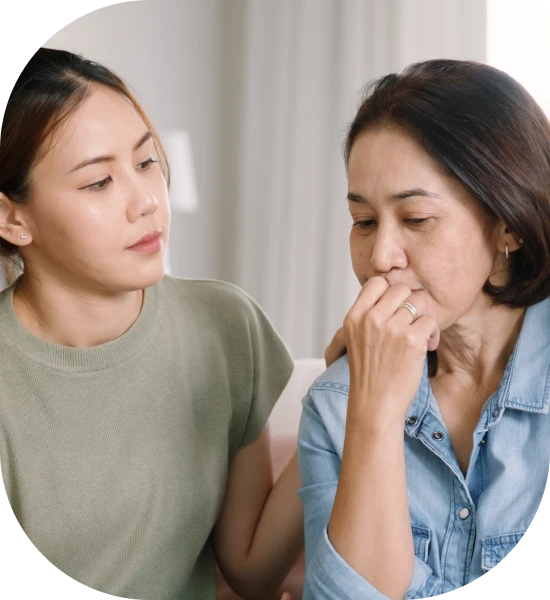Chronic bloating. Lower back pain. Fatigue that lingers even after rest. These are symptoms […]

Congratulations you are having twins (or maybe even more)! All’s good – right? Here’s what you need to know about having twins or multiple pregnancies.
Dichorionic diamniotic (DCDA) twins occur when 2 eggs are fertilised or if 1 fertilised egg splits soon after fertilisation. This means that each baby has his/her own placenta and water bag. This situation happens in all non-identical twins, and a third of identical twins.
Monochorionic diamniotic (MCDA) twins occur when 1 fertilised egg splits later. This means that each baby has their own water bag but share a placenta. This situation happens in two-thirds of identical twins.
If the fertilised egg splits even later, this means that each baby share the same water bag and placenta. This is known as monochorionic monoamniotic (MCMA) twins, and happens in 1 in 100 identical twins.
What kind of triplets you have depend on whether they are sharing placenta or water bag.
Although most women with multiple pregnancies go on to have healthy babies, as the old saying goes – double the trouble! These are the possible problems:
Mother
Babies
Yes, you can still opt for Down syndrome screening. The results for first trimester Down syndrome screening will be different for non-identical twins but the same for identical twins. Non-invasive prenatal testing (NIPT) will be more accurate for identical twins but less so for non-identical twins.
If your screen test results return high risk and you opt for invasive diagnostic tests, it may be more technically challenging.
You will need to be vigilant and contact your gynaecologist earlier if you develop any issues (see above). You should take your folic acid and prenatal supplements regularly, particularly iron.
You will need to be seen more frequently and have more checks by your gynaecologist. For dichorionic twins (who have their own placenta), ultrasound scans need to be done every 4 weeks. For monochorionic pregnancies (who share a placenta), ultrasound scans need to be done every 2 weeks from 16 weeks (due to the risk of TTTS) until delivery. Monitoring may need to be closer if complications are detected.
You have an increased risk of going into preterm labour. If you don’t and there are no other issues with your pregnancies, you will be offered either induction of labour or C-section (this depends on several factors which your gynaecologist will discuss with you):
Chronic bloating. Lower back pain. Fatigue that lingers even after rest. These are symptoms […]
Many women live with Polycystic Ovary Syndrome (PCOS) without realising fact from fiction. This […]
Within the realm of women’s health, the terms “fibroids” and “cysts” are often mentioned […]





Aster Gynaecology © | All Rights Reserved.